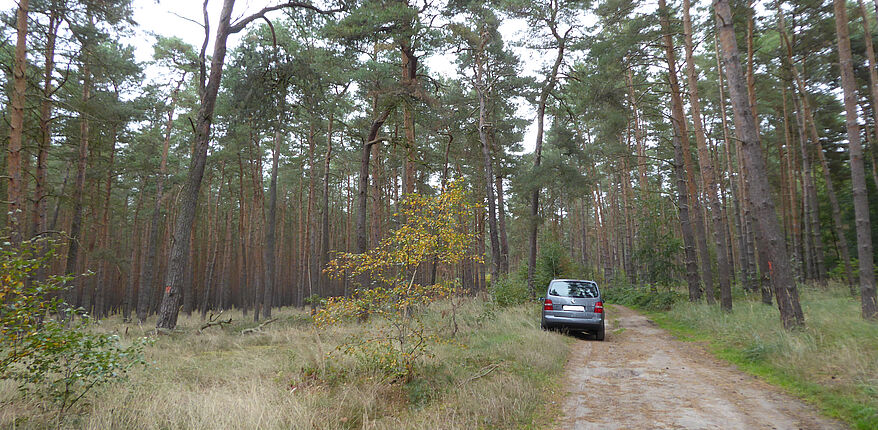Despite rainfall, the persistent heat is increasingly drying out the land and forests in the Börde district, increasing the risk of fires. Many fires can be prevented by prudent behaviour, as they are often caused by negligence and carelessness. Carelessly discarded cigarettes, forgotten glass bottles that act like a burning glass or an improperly extinguished barbecue fire can quickly have devastating consequences. Very hot car catalytic converters can also cause fires on dry forest floors and meadows. Citizens are required to adhere to certain rules of conduct when entering forests and meadows in order to minimise the risk of forest fires.
Basic rules of behaviour in fields and forests:
According to Section 29 of the Saxony-Anhalt State Forest Act, it is prohibited to:
1. to throw away burning or smouldering objects in the open countryside, including adjacent roads,
2. to endanger easily flammable crops and agricultural and forestry equipment such as straw stalks, mature crops or dry hedges by smoking,
3. to smoke outside enclosed spaces in the forest or at a distance of less than 15 metres from the forest in the case of forest fire danger levels 2 to 5,
4. to light an open fire outside public barbecue areas in the forest or at a distance of less than 30 metres from the forest in the case of forest fire danger levels 2 to 5, or
5. to enter the forest outside paths in the case of forest fire danger level 5.
Classification of the Börde district into forest fire hazard classes:
The Börde district is divided into an area north of the federal motorway 2 with forest fire danger class A (generally very high forest fire danger and danger of large fires) and the southern part in danger class C (generally low forest fire danger), which is also reflected in the forest fire danger levels. The forest fire danger levels indicate the current danger level for forest fires in the district.
The forest fire danger levels are calculated by the German Weather Service in the form of the forest fire danger index (WBI). The calculation takes into account fire intensity, heat of combustion, mass of combustible biomaterial and ground fire speed.
Categorisation of forest fire danger levels:
1 very low risk
2 low risk
3 medium risk
4 high risk
5 very high risk
